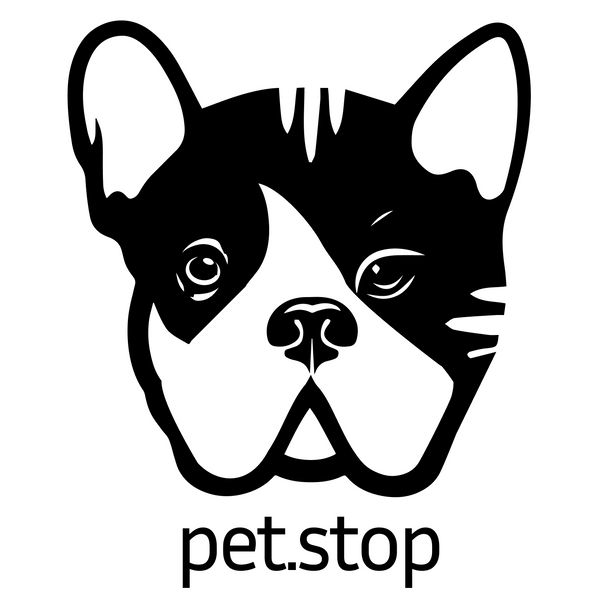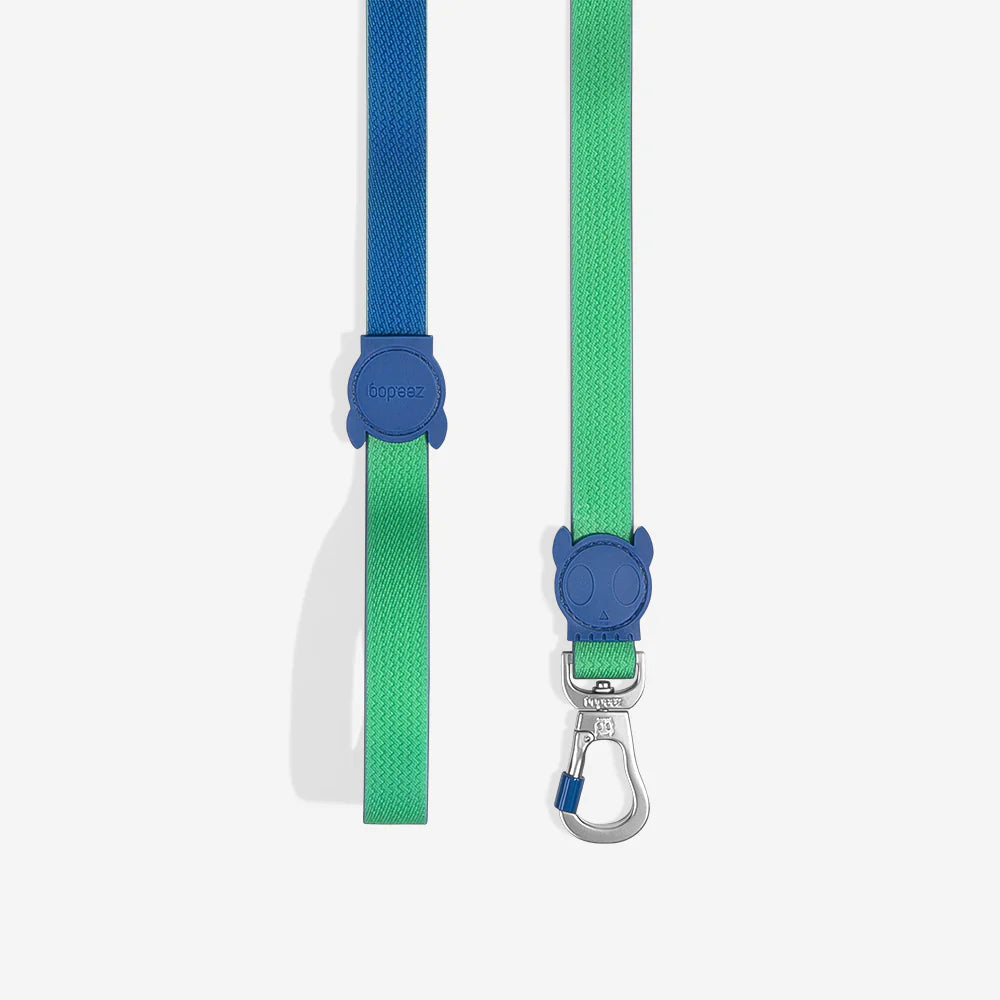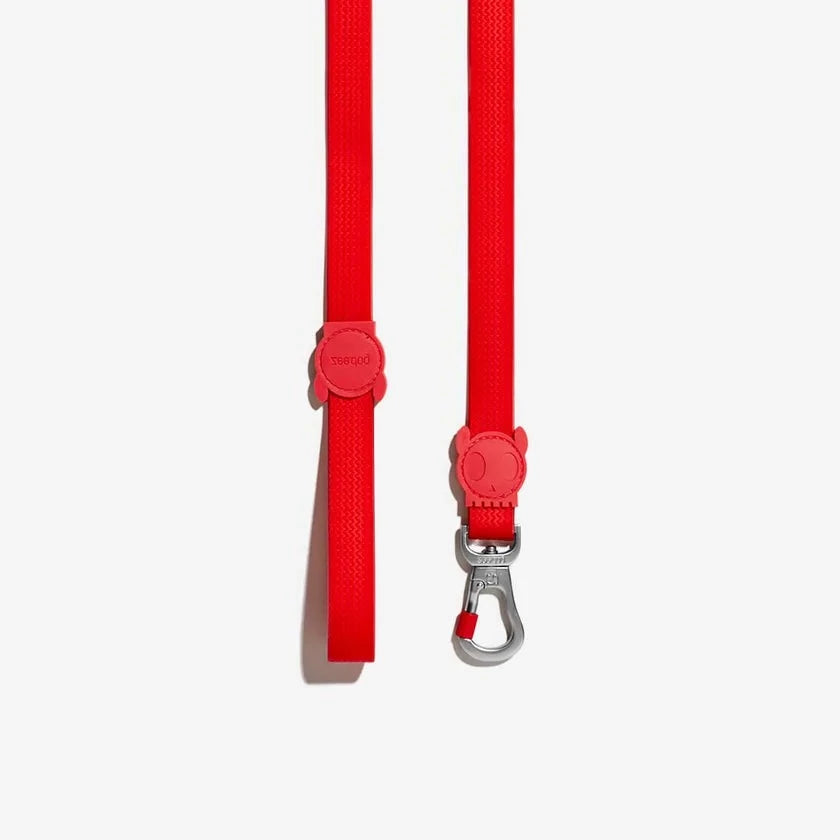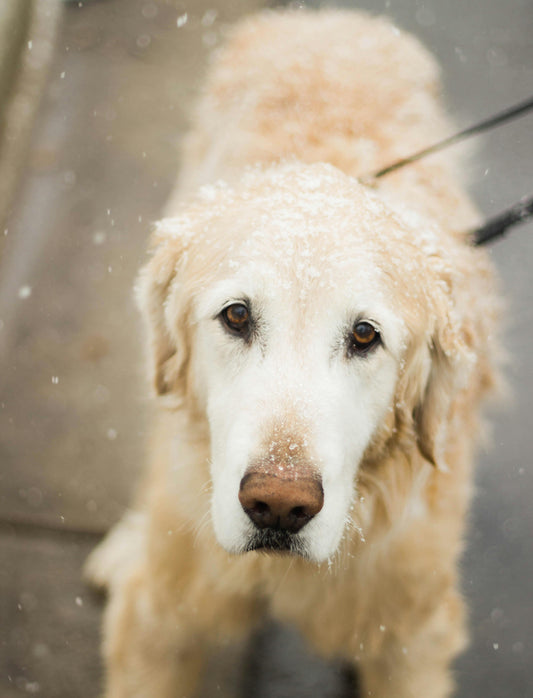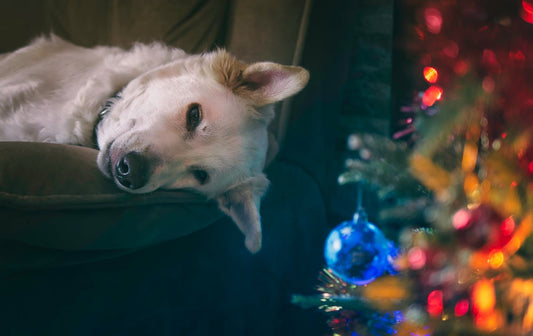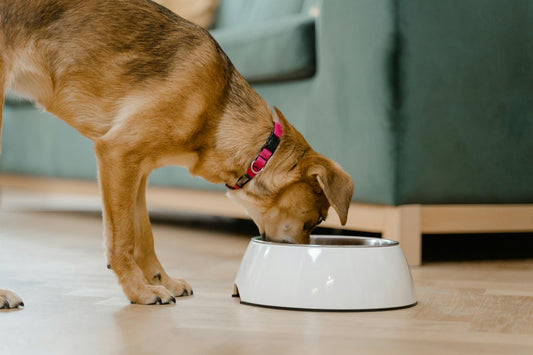Training a dog to pee on leash can enhance convenience during walks and outings. The key to successfully teaching this behavior lies in consistency, patience, and positive reinforcement. By establishing a routine and using commands, dog owners can guide their pets to understand when and where to relieve themselves while on a leash.
Many dogs may resist the idea of peeing while on a leash due to discomfort or distraction from their surroundings. It's important to choose a quiet spot, free from interruptions, to help the dog focus. Establishing a regular schedule for walks can also encourage the dog to associate going to the bathroom with being on leash.
Positive reinforcement plays a crucial role in this training process. Treats, praise, and affection should be offered immediately after the dog succeeds in peeing on leash. This reinforcement builds a connection in the dog's mind, making them more likely to replicate the behavior in the future.
Understanding Canine Bathroom Behavior
Understanding how dogs behave when it comes to bathroom needs is essential for proper training. Recognizing their natural instincts and the signs they exhibit can help in establishing a routine for peeing on leash.
Natural Instincts and Triggers
Dogs have innate instincts when it comes to bathroom behavior. In the wild, they often seek out specific areas for elimination. This behavior is influenced by scents, social signals, and environmental factors.
Routine plays a vital role in this process. Dogs thrive on consistency, so establishing regular potty breaks can trigger their natural urges. Environmental factors such as time of day, temperature, and surroundings also influence when and where a dog prefers to relieve itself.
It’s essential to remember that stress can inhibit a dog's willingness to go, so creating a calm environment is crucial.
Recognizing Signs of Needing to Go
Identifying a dog's signals for needing to go is key for effective training. Common signs include sniffing for favorable spots, circling, or pacing. These behaviors indicate that the dog is searching for the right place to eliminate.
Other cues might involve whining, barking, or scratching at doors. Some might even exhibit a sudden burst of energy. Observing these signs allows for timely action, ensuring the dog has the opportunity to relieve itself adequately.
It’s important to pay attention to individual quirks; each dog may have unique signals. Regular monitoring enables more successful outings and reinforces the desired behavior when on a leash.
Preparation for On-Leash Relief
To train a dog to relieve itself on leash, preparation is essential. Establishing a consistent routine and selecting the right equipment can greatly enhance the success of this training process.
Scheduling and Consistency
Creating a consistent schedule is crucial for effective training. A dog should be taken out at regular intervals, such as after meals, naps, and playtime.
Owners can benefit from setting reminders on their phones to maintain this routine.
This predictability helps the dog understand when to expect bathroom breaks.
Tracking these times can pinpoint the dog's natural relief patterns, making training easier.
Reinforcing this schedule with positive reinforcement, such as treats or praise, will promote desired behavior and help the dog learn more quickly.
Choosing the Right Equipment
Having suitable equipment is vital for leash training. A comfortable harness is preferable to avoid putting pressure on the dog's neck and to ensure safety.
Additionally, use a standard leash rather than a retractable one, as it provides better control during training sessions.
Bringing clean-up materials, like bags, ensures that any accidents are handled quickly.
Some dogs may benefit from a designated potty pad for initial training indoors.
Lastly, consider using a training clicker to mark good behavior right when the dog relieves itself. This will aid in making the connection between the behavior and positive reinforcement.
Training Techniques for On-Leash Potty Habits
Establishing reliable on-leash potty habits requires a combination of positive reinforcement, command training, and effective handling of accidents. These techniques help create a structured environment that encourages desired behaviors.
Positive Reinforcement Methods
Positive reinforcement is crucial in shaping a dog's behavior. Every time the dog successfully urinates on the leash, it should receive immediate praise or a small treat. This approach establishes a clear connection between the behavior and the reward.
Steps to implement positive reinforcement include:
- Timing: Immediately reward the dog after it urinates.
- Consistency: Use the same commands and rewards each time.
- Environment: Choose a quiet area free of distractions to encourage focus.
Gradually, the dog will associate urinating on leash with positive outcomes, reinforcing the habit over time.
Command Training
Command training provides dogs with clear signals regarding when and how to potty. Selecting a specific command such as "go potty" helps them understand the task.
To effectively train the command:
- Choose a Unique Phrase: Ensure it's distinct to avoid confusion.
- Practice Regularly: Use the command consistently during walks.
- Reward Success: Reinforce with praise and treats once the dog responds.
Using this technique during routine potty breaks helps the dog learn the association between the command and the action.
Handling Accidents
Accidents can occur during the training process, and it's essential to address them calmly. Punishing a dog for an accident is counterproductive and can lead to anxiety.
Key strategies for handling accidents include:
- Immediate Cleanup: Remove any evidence of the accident to deter repeat behaviors in the same area.
- Correct Responses: If the dog starts to show signs of needing to go while on leash, guide them to an appropriate spot.
- Maintain Routine: Regular potty breaks can reduce the likelihood of accidents.
Monitoring the dog's behavior and maintaining a consistent potty routine are essential in minimizing future accidents while training.
Advanced Considerations
Several factors can affect the effectiveness of leash training for a dog. Understanding how to address stubborn behaviors and adapt to different environments can lead to better outcomes.
Dealing with Stubborn Dogs
Stubborn dogs may resist training efforts. Consistency is crucial; the same commands and rewards should be used every time. Positive reinforcement encourages desired behavior.
- Timing: Reward immediately after the dog pees.
- Patience: Some dogs take longer to adapt.
If a dog is proving particularly resistant, try breaking the training sessions into shorter, more frequent intervals. This approach helps maintain the dog's interest.
Also, ensure that the leash is comfortable and not restricting. An uncomfortable collar may lead to tension, which can affect the dog's willingness to comply.
Adjusting for Different Environments
Each environment presents unique challenges during training. Dogs may react differently to different surroundings due to distractions.
- Familiar Settings: Start training in quiet, familiar areas. This helps reduce outside distractions.
- Gradual Exposure: Gradually introduce new locations.
Be mindful of the dog’s comfort level. If the dog seems overwhelmed, return to a quieter place.
Lighting, noise, and the presence of other animals can influence behavior. Monitoring these factors helps improve training effectiveness.
By recognizing the dog’s needs and adjusting accordingly, the training process can become smoother and more successful.
